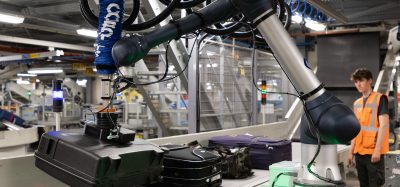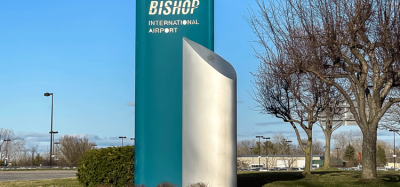Stakeholders in SESAR deployment to continue ATM modernisation
- Like
- Digg
- Del
- Tumblr
- VKontakte
- Buffer
- Love This
- Odnoklassniki
- Meneame
- Blogger
- Amazon
- Yahoo Mail
- Gmail
- AOL
- Newsvine
- HackerNews
- Evernote
- MySpace
- Mail.ru
- Viadeo
- Line
- Comments
- Yummly
- SMS
- Viber
- Telegram
- Subscribe
- Skype
- Facebook Messenger
- Kakao
- LiveJournal
- Yammer
- Edgar
- Fintel
- Mix
- Instapaper
- Copy Link
Posted: 4 November 2021 | International Airport Review | No comments yet
Aviation stakeholders involved in SESAR deployment will continue to deliver Air Traffic Management modernisation together under the partnership of a new SESAR deployment mandate holder.


It is great news for all aviation stakeholders involved in SESAR deployment, learning that they will be able to continue delivering Air Traffic Management (ATM) modernisation together under the co-ordination of a new SESAR deployment mandate holder, ensuring a smooth continuation after the end of the current mandate by end May 2022.
Our objective is to make this transition as seamless as possible for the nearly 100 implementing partners involved in SESAR deployment and relying daily on SESAR Deployment Managers’ support.
By the end of 2021, we will have 200 ATM modernisation and digitalisation projects that will be completed and deliver tangible benefits to the European passengers, citizens, and economy, ensuring a solid legacy for our successor.
“I am very happy to see that the European Commission is formally building on the achievements we have delivered in modernising and digitalising European ATM over the past seven years, through the creation of a strong and inclusive partnership between all key ATM operational stakeholders. What existed only on paper back in 2014 has been turned into an operational widely-acknowledged key Single European Sky (SES) function by the SESAR Deployment Alliance and delivering concrete benefits to European passengers, citizens, and economy,” said Nicolas Warinsko, General Manager, SESAR Deployment Manager.
Mariagrazia La Piscopia, Chief Strategy and Programme Management added: “This call, together with the transition from PCP to CP1 regulation and the subsequent elaboration of the SESAR Deployment Programme 2021, (pending EC College of Commissioners approval) represents a natural evolution from a pioneer phase to a stable and promising one that can count on the solid basis created by the current SDM. After seven years of intense work it is now time to learn from the past and continue to strengthen the deployment function at the occasion of a new SDM mandate holder.”
Related topics
Air traffic control/management (ATC/ATM), Airside operations, Digital transformation, New technologies, Regulation and Legislation


















